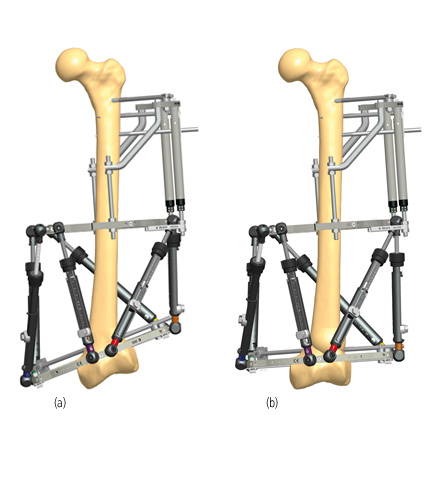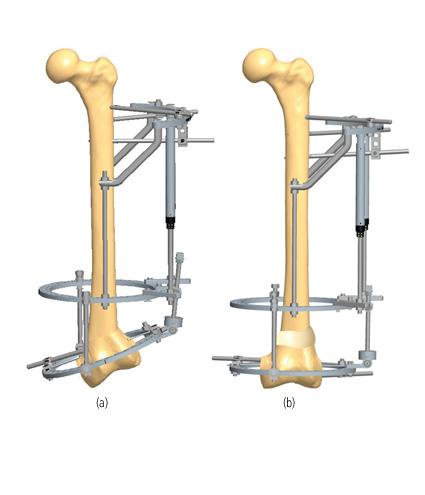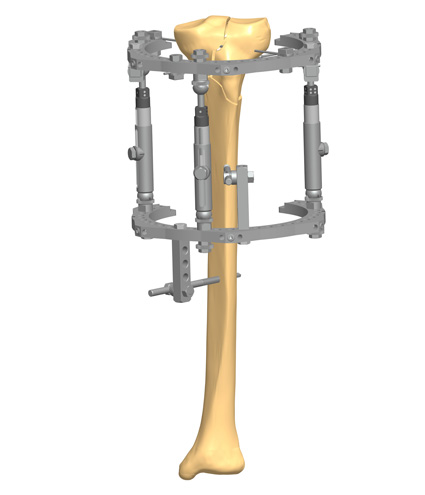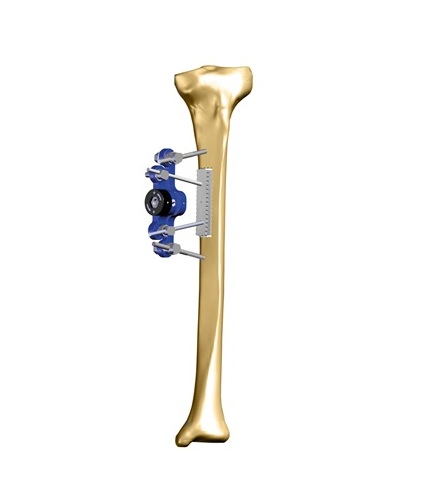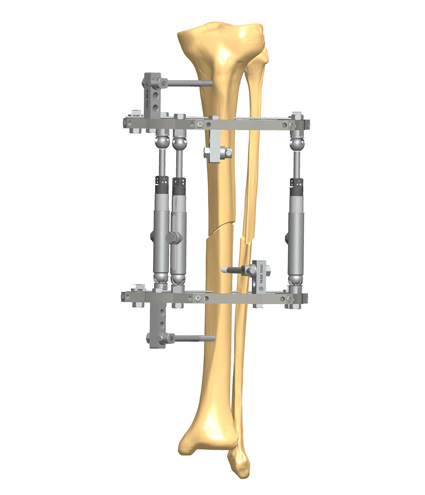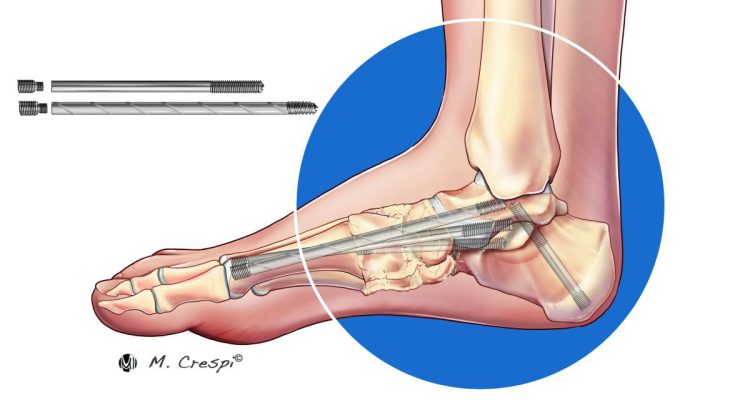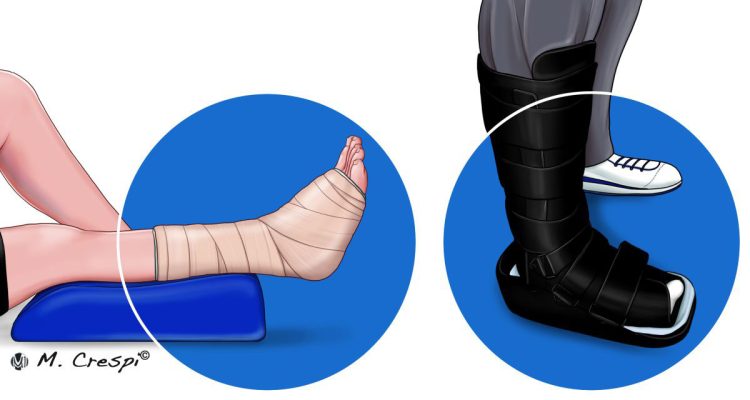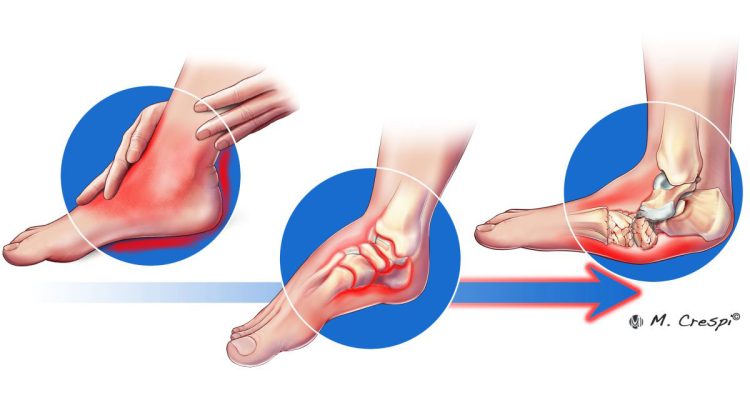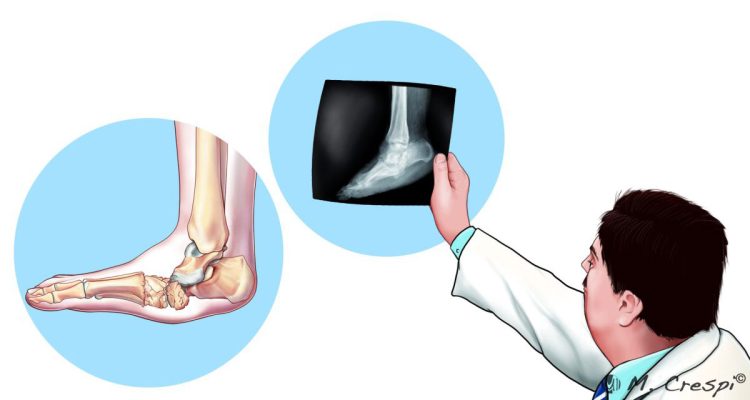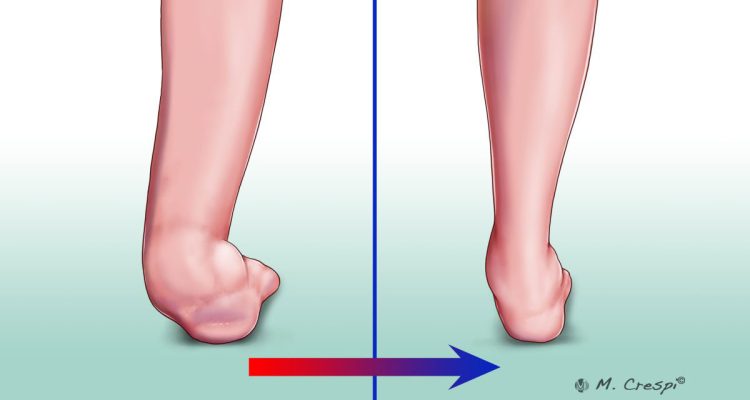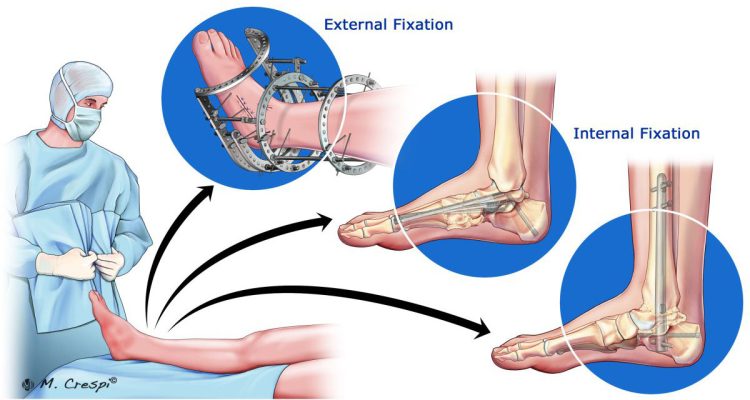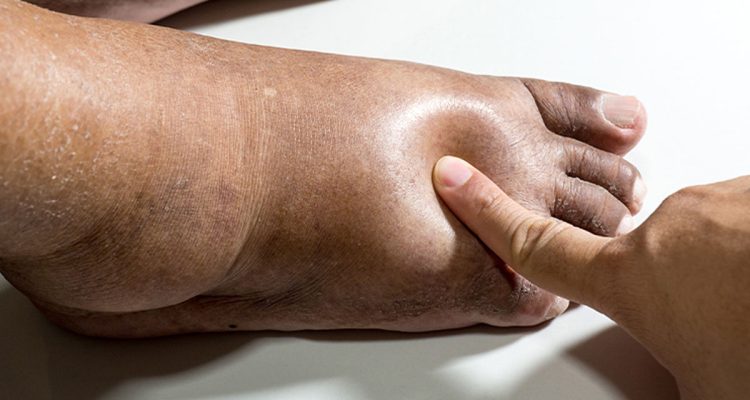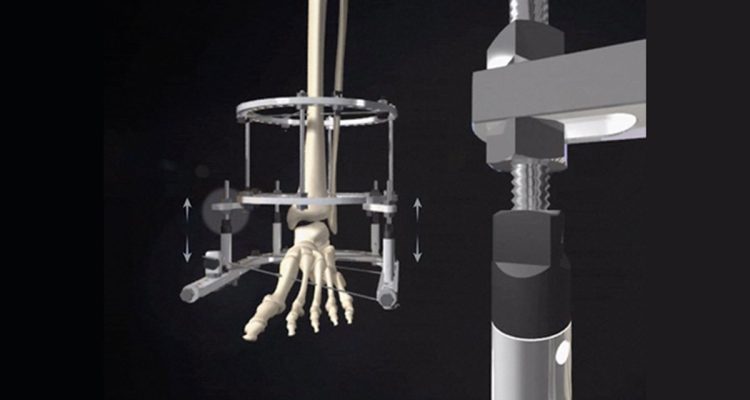Patients with Charcot neuroarthropathy, a condition that affects the bones, joints, and soft tissues of the foot and ankle, greatly benefit from a timely diagnosis and appropriate treatment. However, Charcot Foot and Ankle diagnosis can be quite challenging, especially in an early stage, where acute symptoms can be similar to other conditions.
Furthermore, patients with diabetes and Charcot Foot and Ankle represent a special population that may differ in the diagnosis and treatment compared to patients with Charcot neuroarthropathy.
The gold standard for diabetes-related foot complications involves a multidisciplinary healthcare team, where the diabetic foot specialist and the diabetologist play a coordinating role.
In this article, we will explore the role of each specialist involved in the multidisciplinary team, as well as the crucial role played by patients themselves.
Advantages of Having a Multidisciplinary Healthcare Team
According to the International Diabetes Federation (IDF), diabetic foot and lower limb complications are an important source of morbidity, affecting 40 to 60 million people with diabetes worldwide. Furthermore, lower limb amputation is 10 to 20 times more common in patients with diabetes compared to those without. Having the support of a multidisciplinary team can reduce foot complications, such as chronic ulceration and amputations up to 85% according to the IDF.
The main benefit of having a multidisciplinary approach in the care of patients with Charcot Foot and Ankle – especially those with concomitant diabetes – is that it promotes a holistic view of the patient. In multidisciplinary approaches that are built around the diabetic foot, the timely assessment and diagnosis of wounds, as well as the appropriate methods of prevention and treatment, are the keys to improved evidence-based outcomes:
- Increased limb salvage, as a result of a 68% increase in angioplasty and 9% increase in bypass operations
- 62% reduction in major amputations
- 12% reduction in hospitalization for diabetes-related foot complications
- 20% reduction in overall amputations
To improve these patient outcomes, it is essential to understand the complex relationships between uncontrolled diabetes, vascular compromise, bone deformity, diabetic foot infection and other comorbidities. According to IWGDF guidelines, there should be at least three levels of foot-care management with interdisciplinary specialists, and at least one member available for consultation or patient assessment at all times.
As mentioned previously, the coordinating role in multidisciplinary teams should fall to the podiatrist (foot specialist) and the diabetologist, but what other Charcot Foot specialists are included? Here are some of the team members who have knowledge of the unique aspects of treatment and should work in close cooperation:
- Vascular surgeon
- Endovascular interventionist/radiologist
- Diabetes nurse
- Surgeon (particularly a Charcot Foot Surgeon)
- Infectious disease specialist/clinical microbiologist
- Pedorthist/orthotist
Since the timely diagnosis of Charcot Foot and Ankle is essential to proper management, the imaging professionals also play an important role in Charcot Foot diagnosis. Among the imaging techniques most used are Radiography, Radionuclide, Computerized Tomography, and Magnetic Resonance.
The Patient’s Role
Despite the importance of the multidisciplinary team, the patient also plays a fundamental part in preventing Charcot Foot and Ankle complications and ensuring swift medical care when needed.
Patients are encouraged to inspect foot skin and nails daily, schedule regular foot check-ups, and be especially attentive to signs of ulceration. Understanding how Charcot Foot and Ankle progresses and the possible complications can encourage patients to take an active role in the management of their condition, greatly improving outcomes. This is a message that healthcare team members should reinforce with patients, letting them know about the importance of having an active role in taking care of their feet and promptly communicating any changes.
If you would like to have some material to give to your patients to help them know more about Charcot Foot and Ankle, the relationship with diabetes, and empower them to take action, we suggest downloading the patient informative cards titled “Stand On Your Feet: A Program of Empowerment for Your Diabetic Foot Management.”

References
- IDF Diabetes Atlas, 9th edition 2019.
- IWGDF Guidelines on the prevention and management of diabetic foot disease. 2019.
- https://www.hmpgloballearningnetwork.com/site/podiatry/multidisciplinary-team-approach-diabetic-foot. Last access: September 2021.
- https://www.mayoclinic.org/diseases-conditions/diabetes/in-depth/amputation-and-diabetes/art-20048262. Last access: September 2021.
- Arshad K et al. Endocrinol Metab Int J 2017, 5(2): 00119

